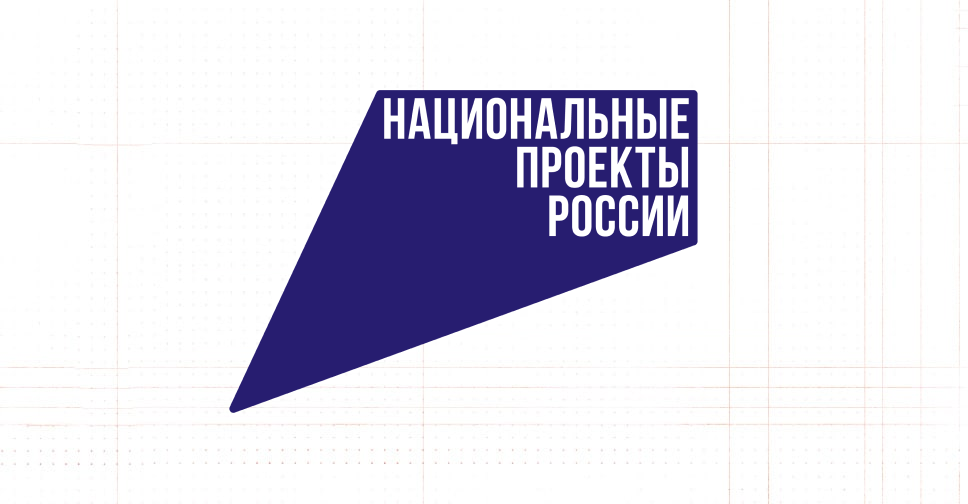The drone chooses its own direction of travel so that the sensors get more information about unexplored areas in a given area, while avoiding obstacles.
Unmanned Aerial Vehicle Path Planning for Exploration Mapping
Victor Massagué came to Innopolis University from Catalonia two years ago. This year, he is completing a master’s degree in robotics. His final work is a drone developed under the scientific guidance of researchers from our NTI Competence Centre for Technologies in robotics and mechatronics components.
⠀
The drone chooses its own direction of travel so that the sensors get more information about unexplored areas in a given area, while avoiding obstacles. Viktor modified the Next-Best-View (NBV) algorithm, which allowed increasing the speed of map construction by 30-50 %.
⠀
The operator on the laptop sets the inspection area — the length, width, height of a rectangular parallelepiped that limits the scope of scanning, and presses start. Then the drone acts on its own. In flight, it keeps in touch with the operator, who can observe the inspection process. At the same time, the modification of Victor allows the drone to work indoors without a GPS signal.









